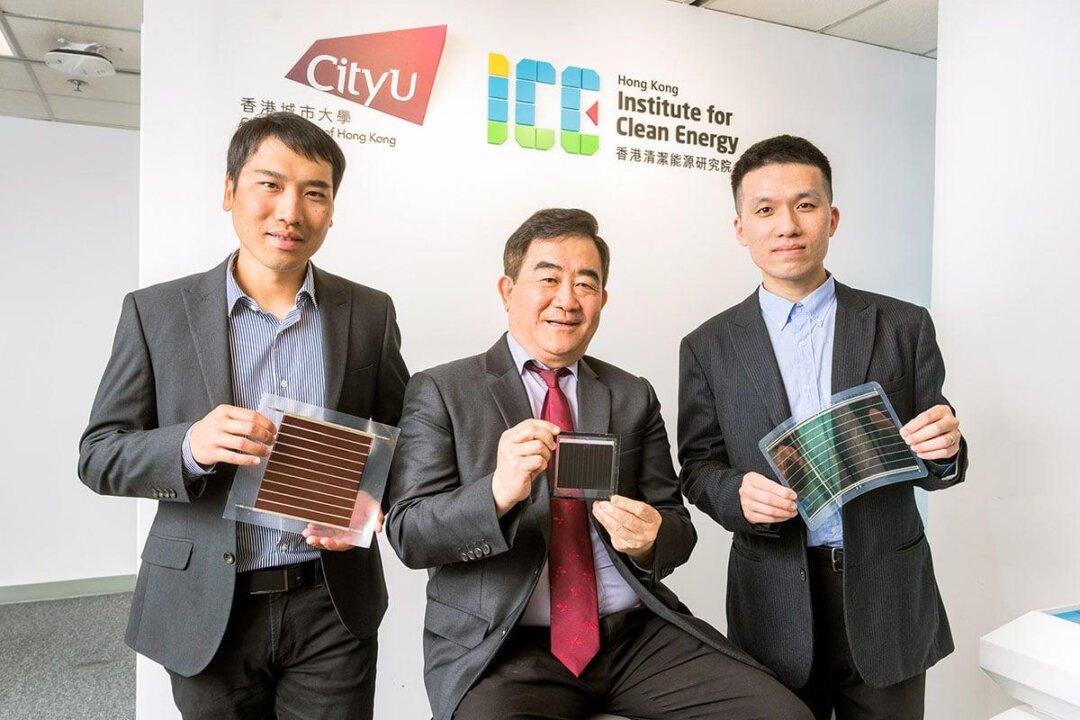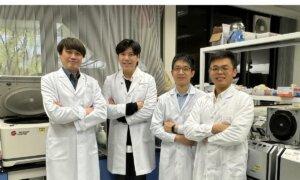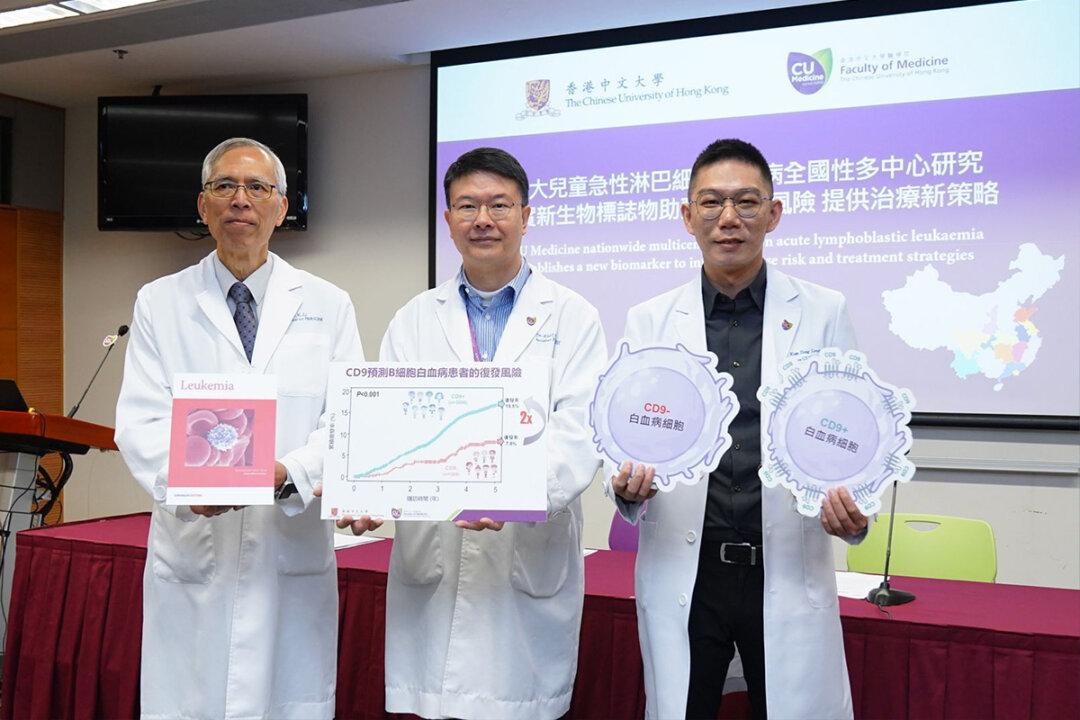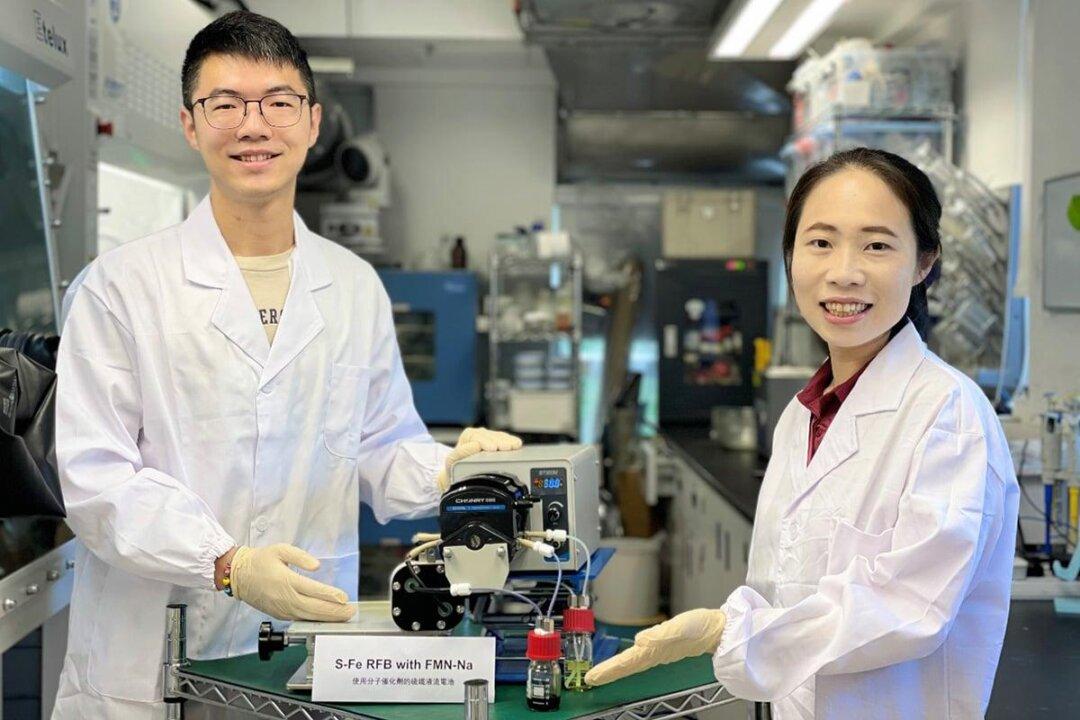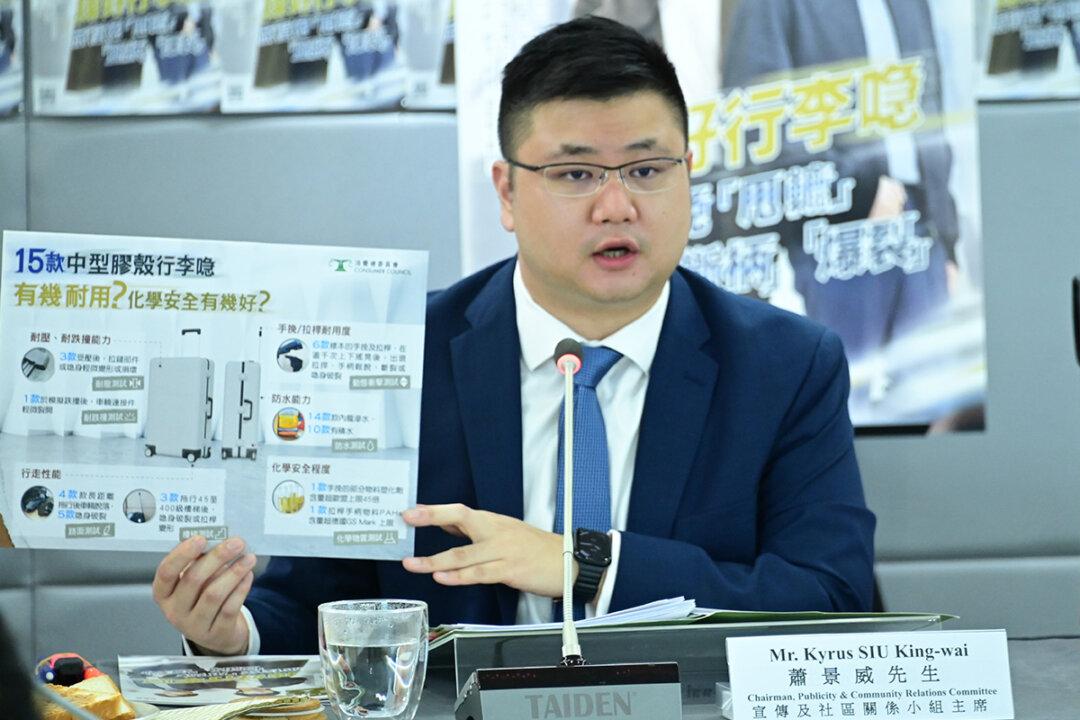A team from the City University of Hong Kong (CityU) has developed a highly efficient, printable, and stable perovskite solar cell and claims that the daily output can be as high as 1,000 solar panels.
Because it is flexible and semi-translucent, it can also be made into light-absorbing glass windows, effective in utilizing light energy to realize the concept of “urban solar farms” in cities with many high-rise buildings, with energy produced and consumed directly.
The research team is led by Professor Alex Jen Kwan-yue, who holds the Lee Shau Kee Chair Professorship in Materials Science.
Starting from material selection, the team designed a series of redox mediators as additives to be incorporated into perovskite to continuously reduce iodine and oxidized metallic lead, inhibiting the halide segregation in the perovskite solar cells, thereby improving the long-term operating stability and photovoltage level of the unit.
By integrating semi-transparent perovskite solar cells and organic solar cells, the encapsulated tandem cell can still retain 92 percent of the power under sunlight (standard spectrum on the earth’s surface, without UV filter) and 45 degrees Celsius for 500 hours of continuous operation.
The initial photoelectric conversion efficiency achieved a photoelectric conversion efficiency of up to 25.22 percent (certified 24.27 percent), setting a new world record. The device also exhibits good operational stability in humid air (relative humidity 70 percent to 80 percent).

Research Assistant Wu Shengfan, the first author of the paper, said that they are the first to propose using redox and chemical synthesis methods to fundamentally solve the halogen phase separation and effectively improve the stability of perovskite solar cells.
Perovskite photovoltaics can still absorb energy even under low indoor light conditions and are mechanically flexible. They can be integrated and applied in different scenarios, ranging from large buildings and farms to various components of the Internet of Things (IoT).
A new generation of printable high-efficiency perovskite photovoltaic modules has finally received the first round of funding from the Innovation and Technology Commission’s “Research, Academic and Industry Sectors One-plus Scheme (RAISe+)” and will use the start-up HKTech Solar limited to transform the research results into practical applications.
The team has also planned to set up a pilot production line with an annual output of 25 MW in Hong Kong within a year and a half and launch products for trial application by industry-matching investors.
The results have been published in the journal Nature Energy.
